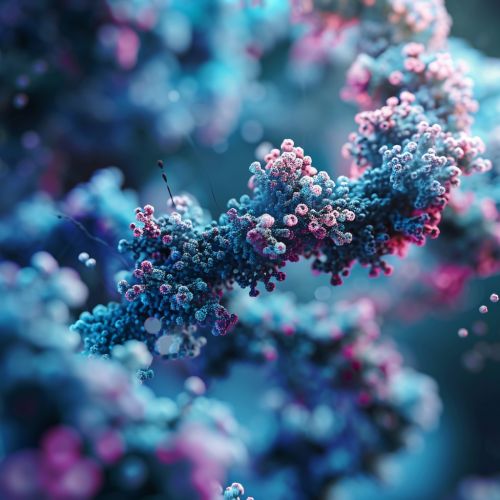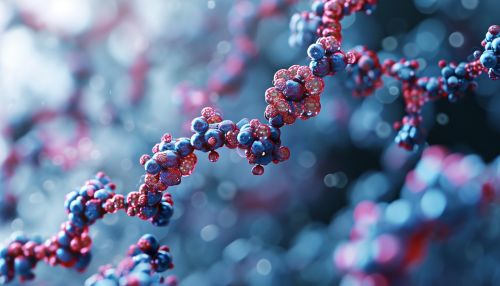GCN5
Overview
GCN5 (General Control Non-derepressible 5) is a histone acetyltransferase (HAT) enzyme that plays a pivotal role in transcriptional regulation. This enzyme is part of the larger GCN5-related N-acetyltransferase (GNAT) superfamily, which is known for its involvement in a wide range of cellular processes, including cell cycle regulation, DNA repair, and apoptosis.


Structure and Function
GCN5 is a multifunctional enzyme that possesses both acetyltransferase and protein kinase activities. The acetyltransferase activity of GCN5 is responsible for the acetylation of histone proteins, a process that is crucial for the regulation of gene expression. The protein kinase activity, on the other hand, allows GCN5 to phosphorylate target proteins, thereby modulating their activity and function.
The structure of GCN5 is characterized by a conserved acetyl-CoA binding site and a unique bromodomain, which recognizes and binds to acetylated histones. The presence of these domains enables GCN5 to perform its dual functions effectively.
Role in Transcriptional Regulation
The primary role of GCN5 in cells is to regulate gene expression through the acetylation of histones. This process involves the addition of an acetyl group to the lysine residues of histone proteins, which results in the relaxation of the chromatin structure and allows for the binding of transcription factors and RNA polymerase to the DNA, thereby initiating transcription.
GCN5 is also known to form part of larger protein complexes, such as the SAGA complex and the ADA complex, which further enhance its transcriptional regulatory capabilities.
Role in Disease and Therapeutic Potential
Given its central role in transcriptional regulation, it is not surprising that aberrations in GCN5 function have been implicated in a number of diseases, including cancer, neurodegenerative diseases, and cardiovascular diseases.
In cancer, for instance, overexpression of GCN5 has been observed in several types of tumors, suggesting a potential role in tumorigenesis. Similarly, mutations in GCN5 have been linked to neurodegenerative diseases, such as Alzheimer's disease and Parkinson's disease, highlighting the importance of GCN5 in maintaining neuronal health.
Due to its involvement in disease, GCN5 has emerged as a potential therapeutic target. Several small molecule inhibitors of GCN5 have been developed and are currently being evaluated for their therapeutic potential in preclinical and clinical studies.
